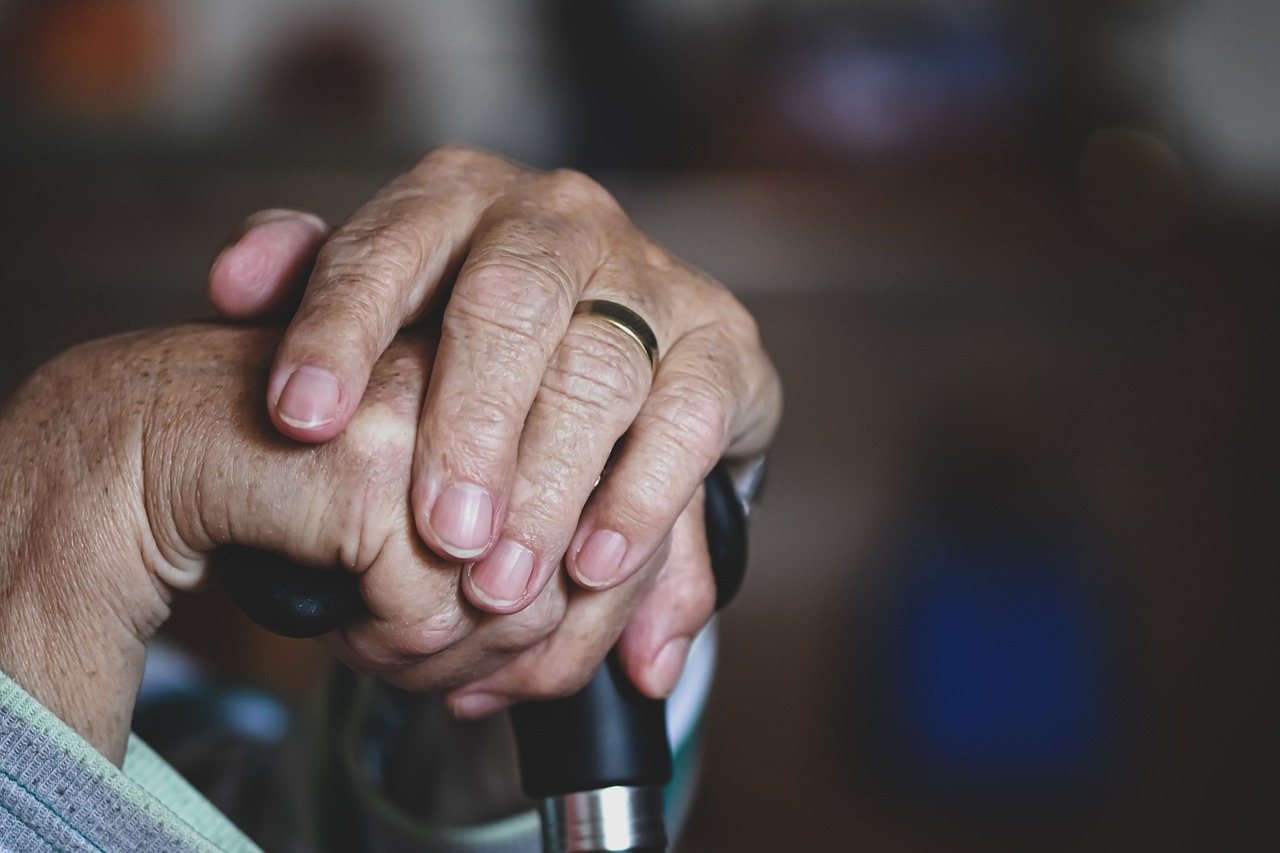As Gov. Hochul prepares for the 2024 budget cycle, a coalition of Long Island-based nursing homes is joining a statewide advocacy effort urging the governor to implement important reforms to New York’s Medicaid reimbursement policies and stabilize the state’s long-term care sector.
Advocates are seeking a $510 million investment as part of the executive budget proposal for the FY 2024-25 fiscal year and a commitment to reform the system’s methodology by 2025. As the primary payer for nursing home care in New York, the state’s Medicaid program bears responsibility to ensure that reimbursement supports quality care access.
The coalition is urging the governor to align Medicaid reimbursement with the costs of providing care and ensure that rates keep pace with future inflation rates.
Although it is the main payer for the nursing home care provided in the state, New York’s Medicaid rates cover only 75 percent of the daily cost of care for each Medicaid resident served. This daily funding shortfall translates to a staggering $810 million annual funding gap, affecting access to quality care for all New Yorkers, regardless of age or income.
For a nonprofit provider such as Gurwin–along with all other nursing homes in the state–we are unable to withstand the current $80 per-patient, per-day funding deficit. This chronic underfunding makes it challenging to provide salaries and benefits to be competitive in a tight labor market, and increasingly difficult to provide the quality care our seniors deserve.
These financial shortfalls extend beyond nursing home care to other critical aging services–such as Adult Day Health Programs–that are vital for Long Islanders to remain living independently and receive required care they deserve.
With the governor’s leadership and a comprehensive plan, our goal is to fill the existing nursing home funding gap and ensure the care of our most vulnerable is adequately funded going forward.
A recent report by the Medicaid and CHIP Payment and Access Commission–a federal, independent agency–confirmed that New York’s nursing home Medicaid reimbursement rates rank among the worst in the nation when compared with costs of care. The current funding gap is the result of more than a decade of underfunding, cuts to the sector, and standard increases in operational costs that were later compounded by the pandemic. The Medicaid funding shortfall impacts 97,000 nursing home residents in the state, whether they rely on Medicaid or not.
The ripple effects of the state’s outdated Medicaid methodology also creates access challenges for individuals of all ages seeking appropriate care to meet their needs. Inadequate rates have made it challenging for nursing homes to hire and retain staff, forcing them to limit admissions and reduce the number of spots in operation. Currently, there are 5,600 fewer nursing home beds compared with 2019, making it particularly challenging for older adults and individuals with disabilities seeking quality nursing home care close to home.
It is time to holistically address these challenges in the SFY 2024-25 Executive Budget Proposal with an initial investment of $510 million (state-share) in nursing home Medicaid rates and a commitment to fully fund and reform the nursing home Medicaid reimbursement methodology by 2025. This action is critical to safeguard access to high-quality care for all New Yorkers.
Stuart Almer is president/CEO of Gurwin Healthcare System–and the chairman of LeadingAge New York.
Image and article originally from libn.com. Read the original article here.

